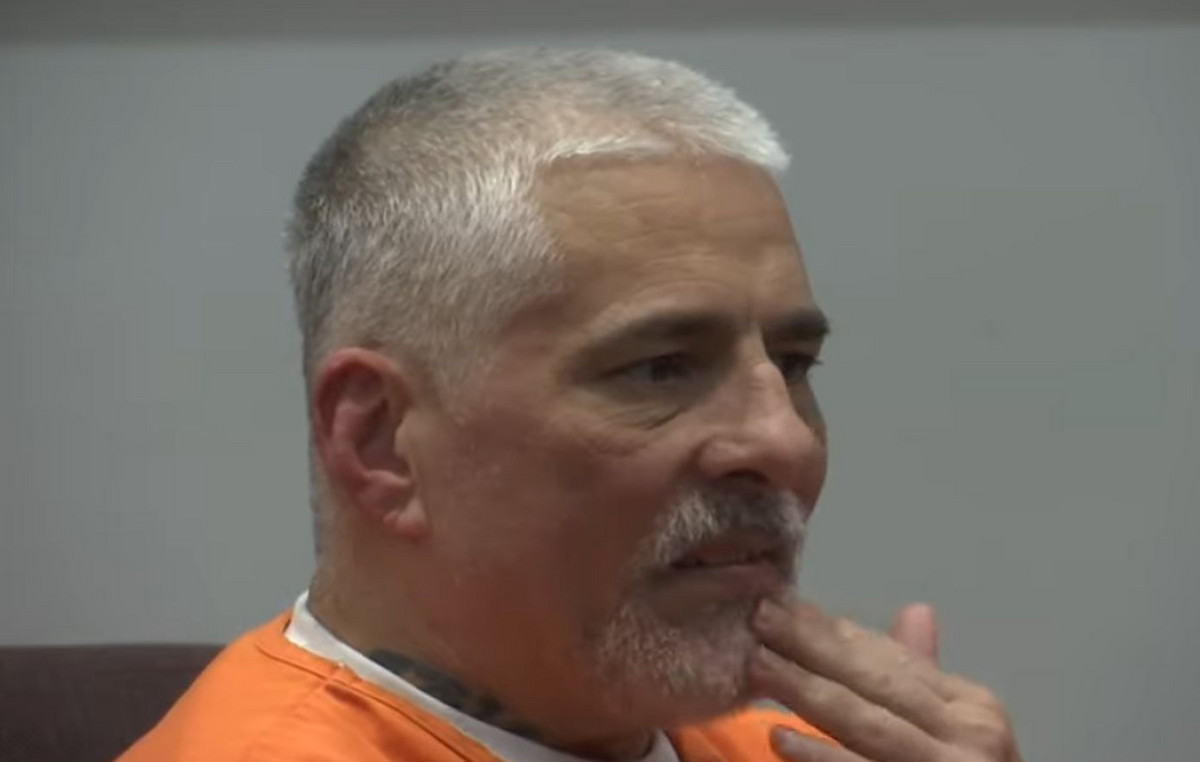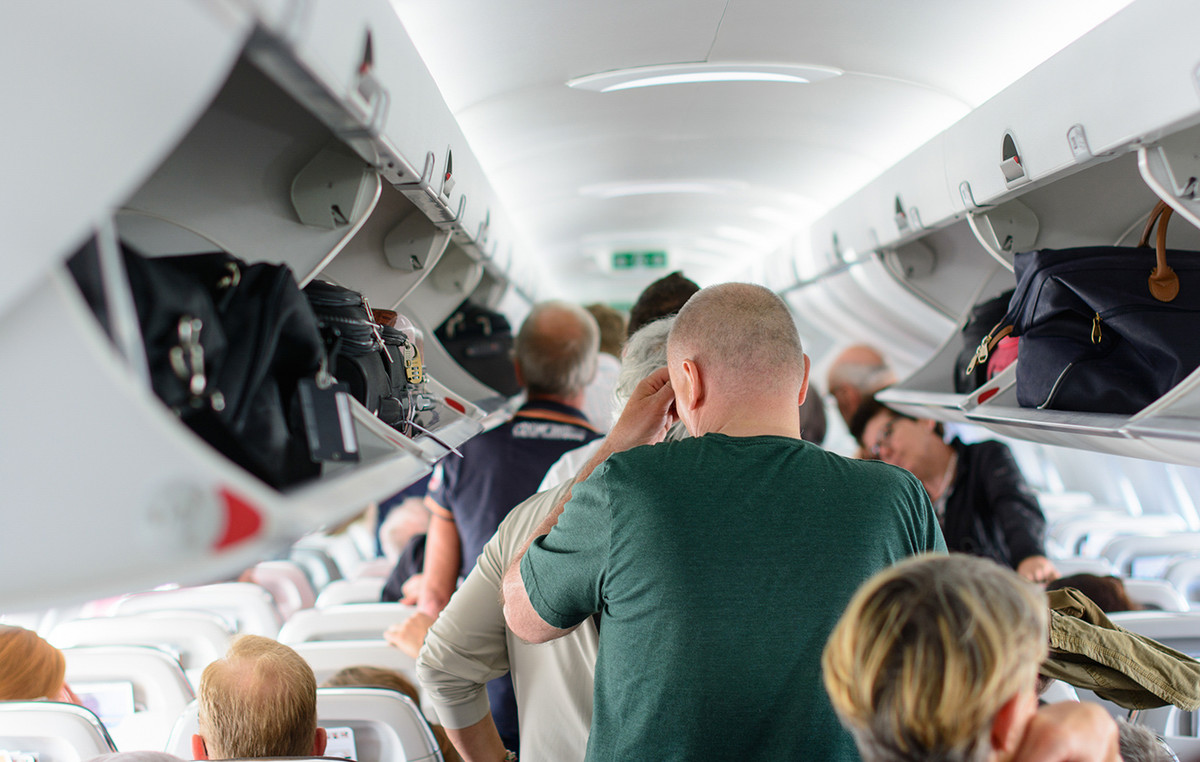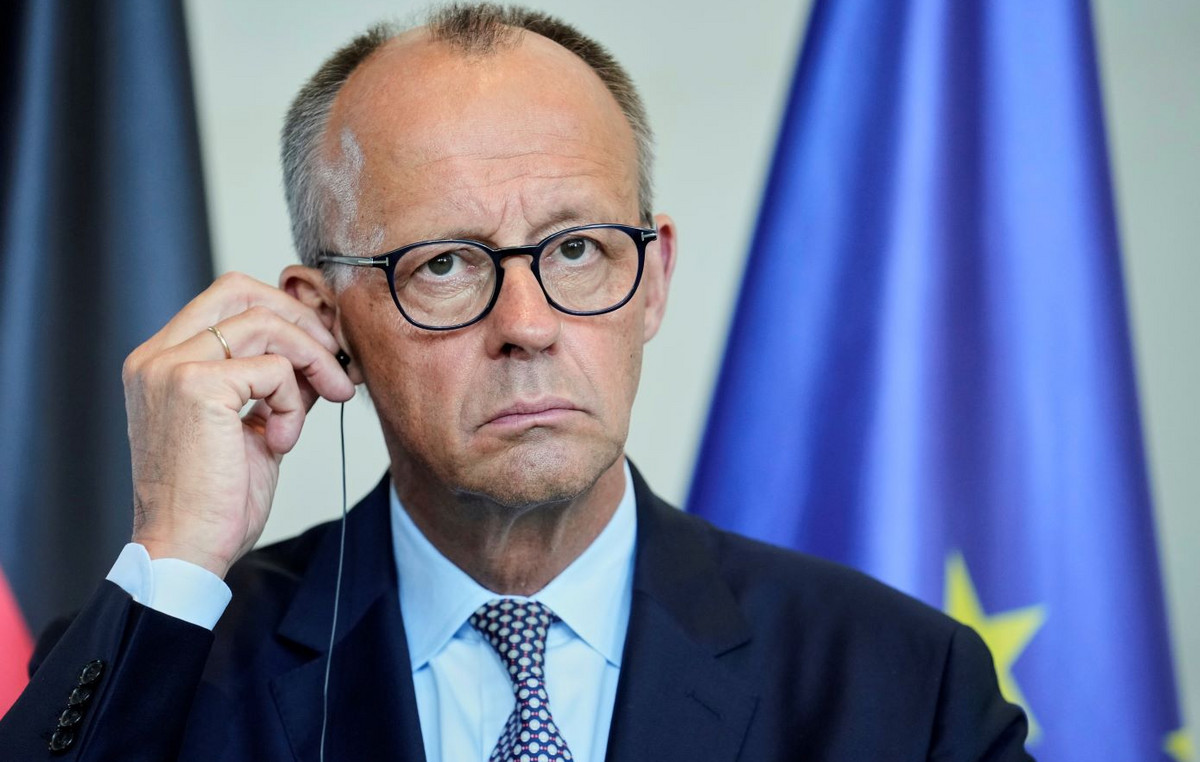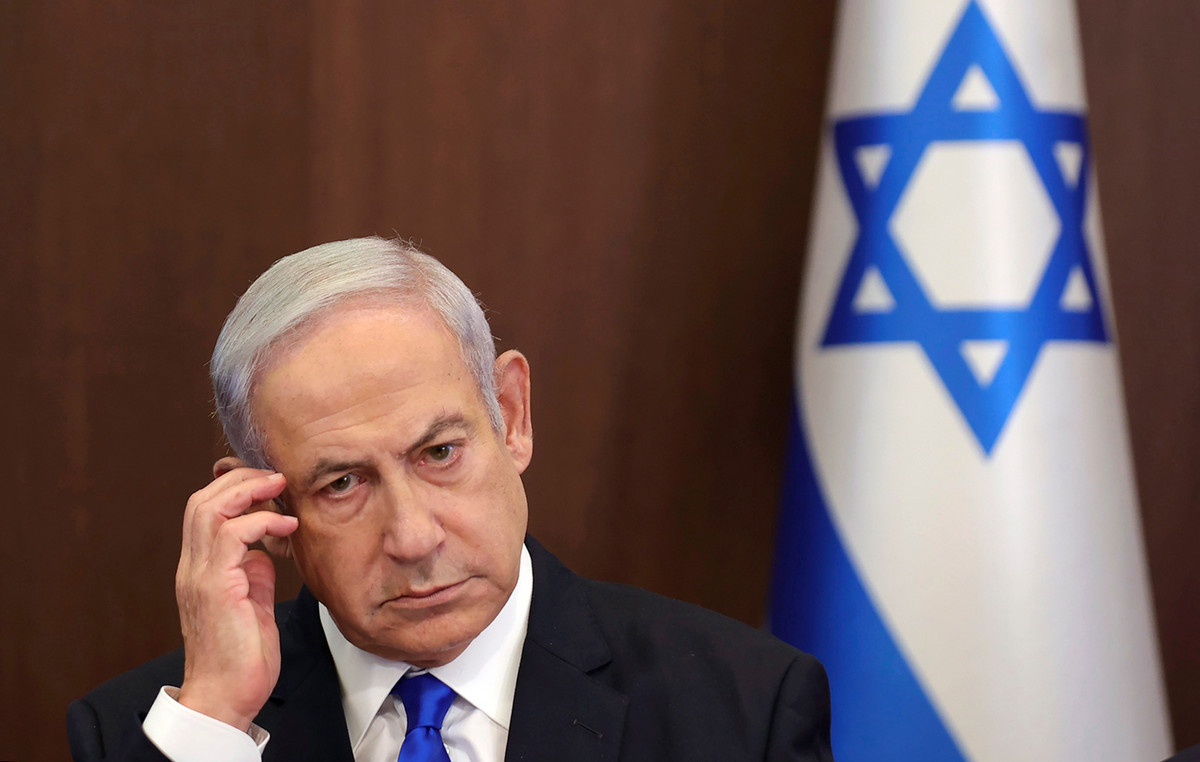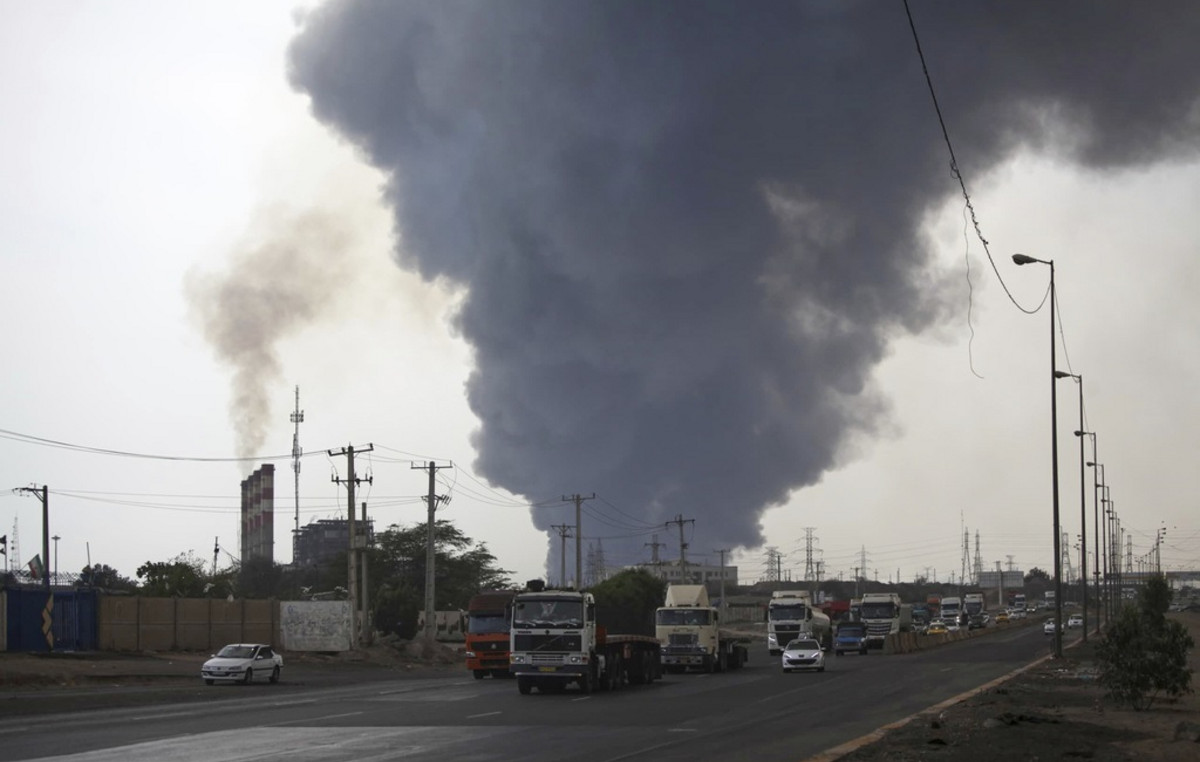Venezuelan President Nicolás Maduro responded to the controversial debate over allegations of the use of artificial intelligence to spread disinformation in the country after being questioned on Wednesday (22).
He criticized the note published in the Spanish newspaper El País which claims that avatars created to impersonate television presenters spread false and unconfirmed information about the economic situation in the South American country.
Maduro reacted with irony and assured that he himself was a robot, while imitating the mechanical movement of the avatars.
“They accuse us of being robots, of not existing… No, it’s not artificial intelligence, it’s popular intelligence, it’s revolutionary intelligence”, he said.
A CNN found that there really are no such television presenters and that the news is not real.
On the Synthesia website, a platform that allows you to create videos with artificial intelligence, the CNN identified Andy, Thomas, and Emma as avatars that are available to any user who wants to create content.
These three avatars are the same ones that appear in the videos about Venezuela’s supposed economic recovery and that were published by the House of News, a supposed news agency that seems to have had a YouTube account since January 26 of this year.
A CNN Tried but still unable to contact those responsible for the account. It is also unclear who is funding the campaign.
Likewise, the CNN contacted Synthesia to learn more about this work and whether one of their clients is the Government of Venezuela. There was no answer.
A CNN also asked the Venezuelan government if there is any connection with these videos, but so far they have not responded.

The videos, which spoke of Venezuela’s supposed economic recovery without citing numbers, went viral this week and raised concerns among journalists and pundits about the use of artificial intelligence to spread propaganda and disinformation in a country with a very weak independent media system.
For example, the NGO Caçadores de Fake News explained that videos with virtual avatars generate much more confusion.
“First, a fake source is created, an agency called ‘House of News’, which is not a newscast, but pretends to be. And a false anchor is also created to give credibility. These are common practices to misinform,” added director Adrián González.
For his part, the coordinator of the C-informa coalition, Andrés Cañizales, assured in an interview with CNN that making these videos “is not overly expensive, nor overly difficult, nor overly time-consuming.” He said it’s a tool that is now within the reach of not just governments, but anyone else trying to spread misinformation.
The editorial director of the factchequeado.com fact-checking platform, Tamoa Calzadilla, said that what is being seen is an improvement in the techniques of misinformation and that this is nothing more than “deepfake”.
Calzadilla described it as “a manipulation through digital techniques such as artificial intelligence to create moving images with audio and characters that are not real but are shown as such to confuse and mislead the audience”.
In the opinion of Víctor Amaya, director of the newspaper Tal cual and Espaja.com, these types of campaigns “increase more noise in the public debate in Venezuela”.
“If a person cannot trust anything that happens on the networks, then he does not trust anyone. Neither in the more consolidated media, nor in the new ones”.
The story of avatars Andy, Thomas and Emma talks about Venezuela’s economic recovery. This optimism contrasts with the Ecoanalytic reports. In January of this year, according to the company, there was a 17.5% drop in the sales volume index compared to the same month of 2022.
Source: CNN Brasil
Bruce Belcher is a seasoned author with over 5 years of experience in world news. He writes for online news websites and provides in-depth analysis on the world stock market. Bruce is known for his insightful perspectives and commitment to keeping the public informed.

